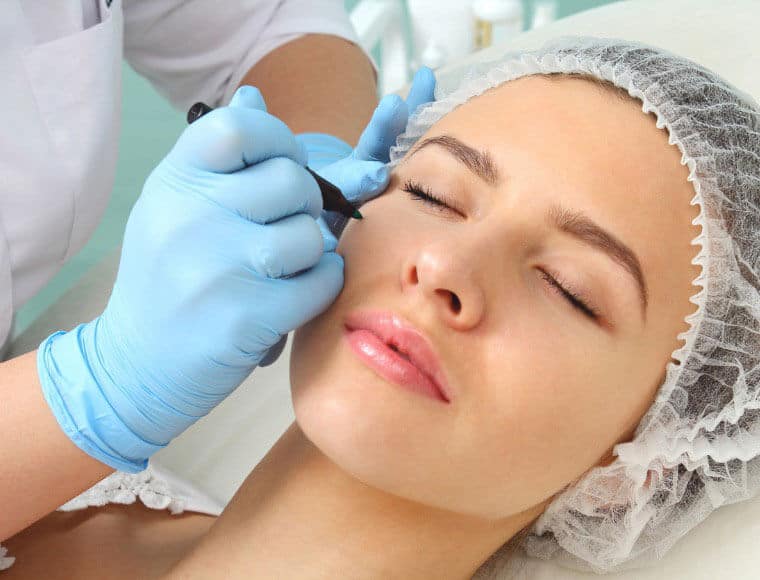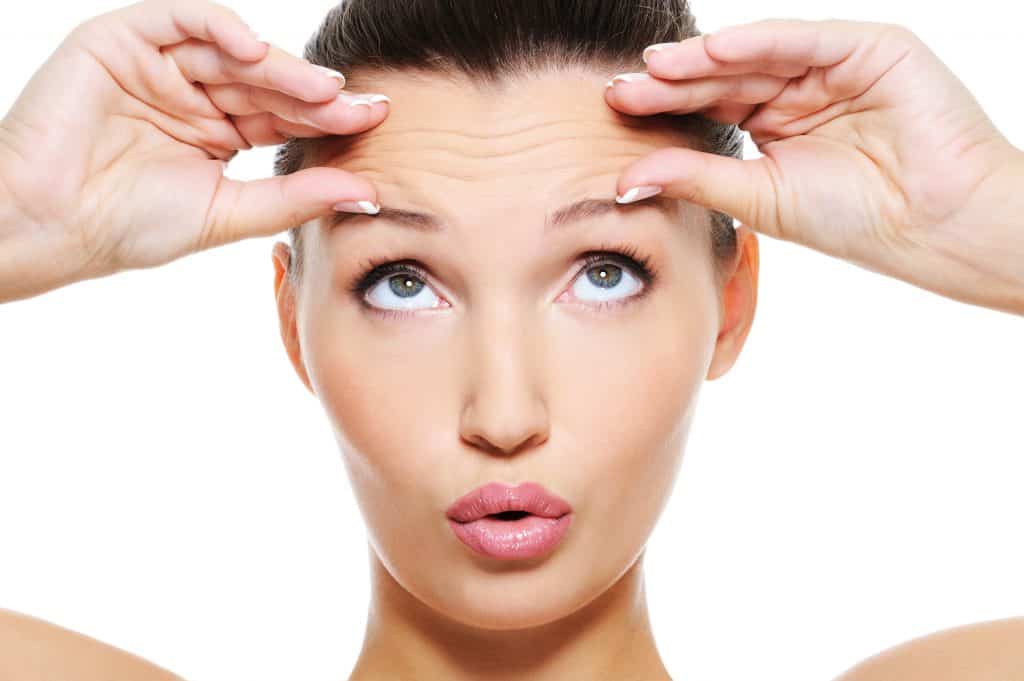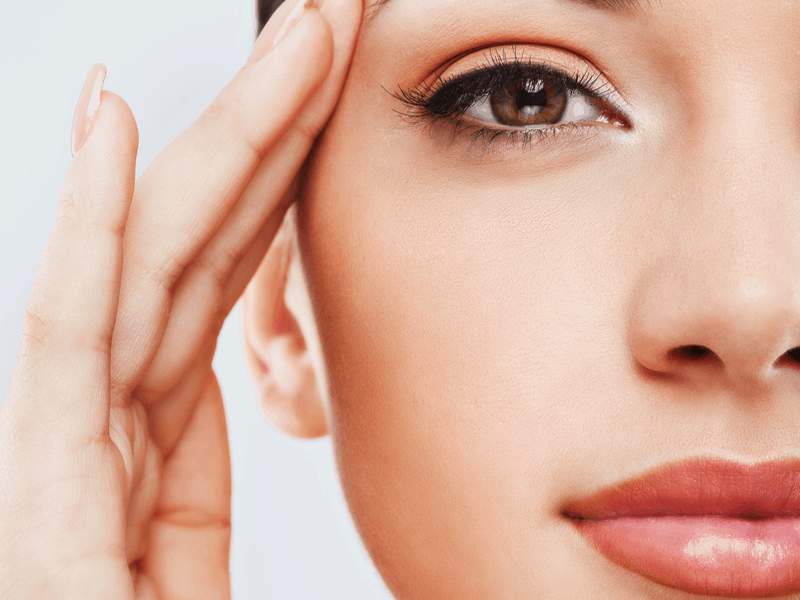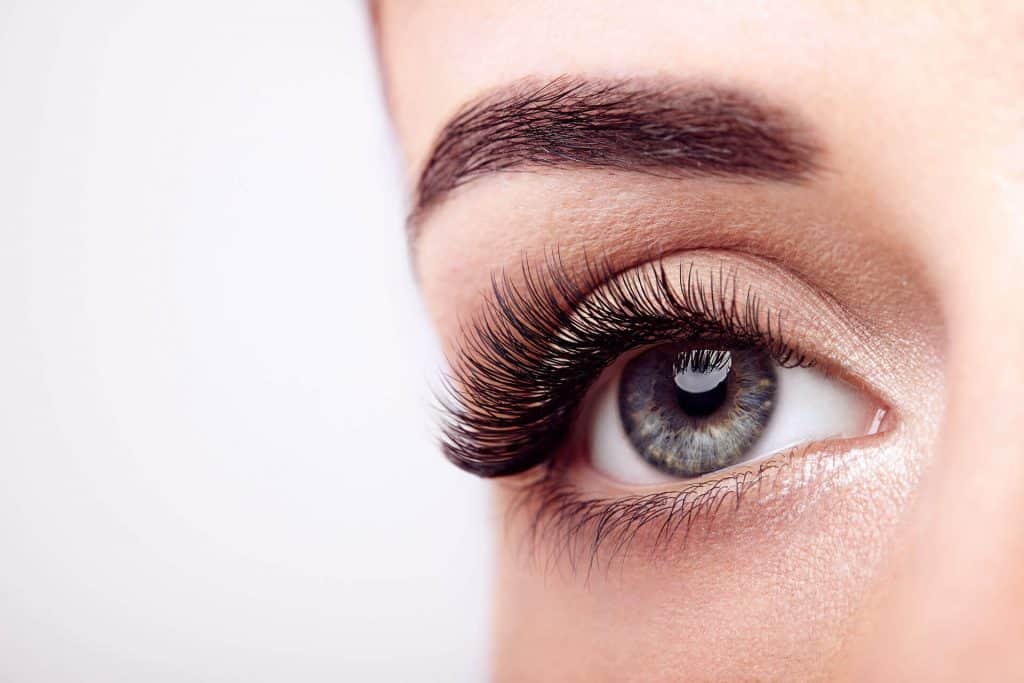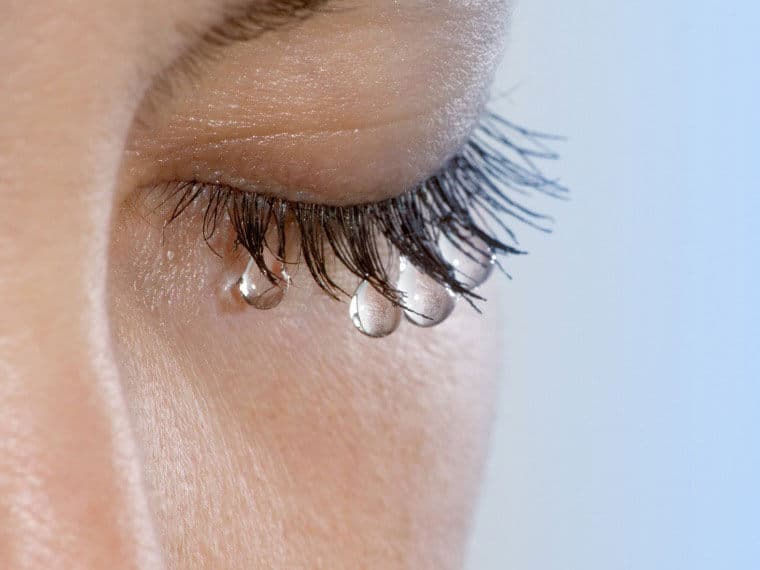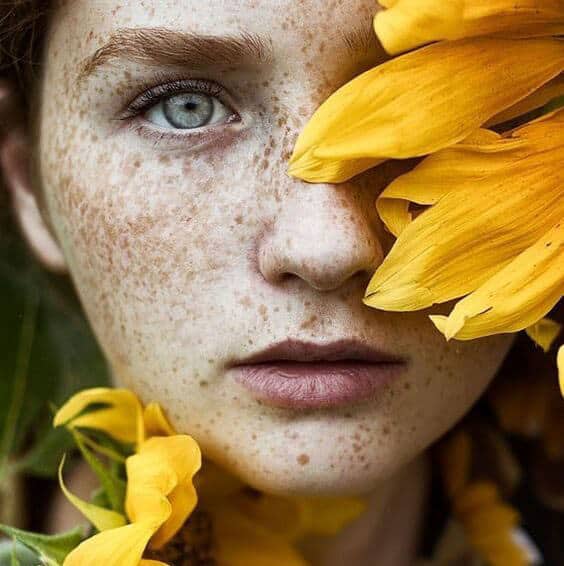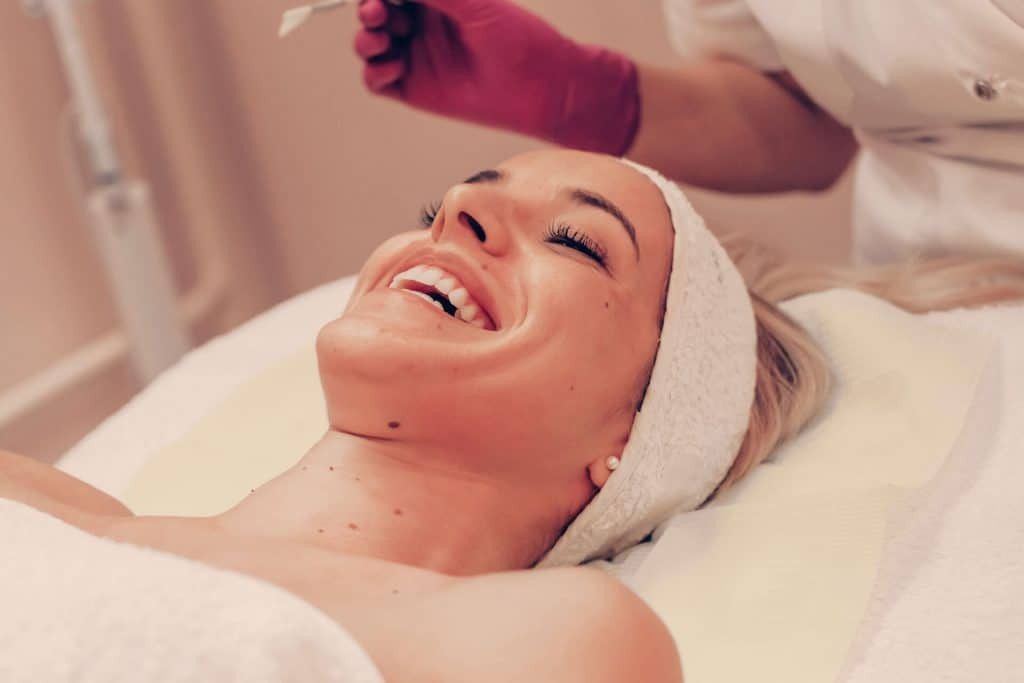If you notice swelling or a small bump on your eyelid, it could be the result of a blocked gland, otherwise known as a chalazion. These bumps typically appear on the upper eyelid but can also show up on the lower eyelid. In some cases they can show up on both eyes at the same time.
Why Do Chalazia Form?
The meibomian glands in your eyelids allow oil to mix with your tears and lubricate your eyes. When the oil gets too thick or the glands are inflamed, a chalazion can form. In rare cases, an infection can cause a chalazion.
How Will I Know If I Have A Chalazion?
Adults are more susceptible to getting a chalazion than children. They first appear red and swollen, then grow to become painful and sore if touched. Within a few days, the lump may remain, but the pain leaves. Watch for blurred vision, watery eyes, mild eye irritation, or swelling, since all of these factors may indicate the formation of a chalazion. You can get a chalazion in the same spot again or they can appear in a different area of the eyelid. There is no specific test to determine if you have a chalazion. Your eye doctor merely needs to assess your eye and will likely ask you some questions.
How Do I Treat A Chalazion?
At home remedies that can be used to alleviate any soreness associated with a chalazion. First, maintain proper hygiene and keep your hands clean! Avoid touching the area around the chalazion and don’t squeeze it. Apply a warm wet compress to your four times a day for 10 to 15 minutes each time. Antibiotic ointment, a steroid injection, or surgical drainage may be required.
When Should I See A Doctor?
If you think you have a chalazion, call your doctor. Your doctor can direct you on how to help the healing process begin. They may even suggest eye drops or creams.

